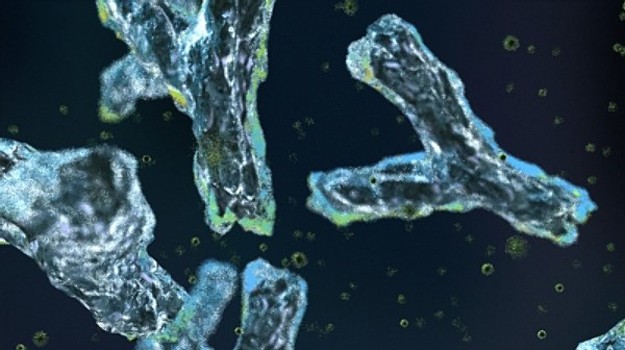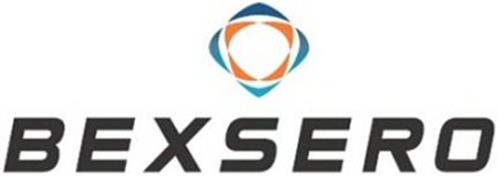Frank Magliochetti Report – Diabetes Trends
The rates of diabetes across the United States have nearly doubled within the past 20 years, skyrocketing from 5.5 percent in 1994 to 9.3 percent in 2014. While diabetes prevalence is increasing, there is some good news on the horizon in regards to complication rates and access to preventive care.
Of the 12 states with the highest rates of diabetes, 10 are in the south, according to the CDC’s Diabetes Report Card. At 14.7 percent, Mississippi has the highest rate of diabetes. Colorado and Utah have the lowest rates of this metabolic disorder, with diabetes affecting only 7 percent of Utah residents and 6.8 percent of those living in Colorado.  Diabetes rates vary between 8.1 and 10.4 in the Northeast. New Hampshire has the lowest rates in the region while Pennsylvania has the highest prevalence in the Northeast.
Diabetes rates vary between 8.1 and 10.4 in the Northeast. New Hampshire has the lowest rates in the region while Pennsylvania has the highest prevalence in the Northeast.
While the prevalence of diabetes is increasing, there has been a downturn in the percentage of diabetes complications over the past two decades. Deaths from hyperglycemic crisis have declined, for example, as have lower-limb amputations and end-stage renal disease. These declines may be, at least in part, the result of improvements in the rates of hypertension, high cholesterol, and smoking. Advancements in blood glucose control, early detection and management of complications, and strides in preventive care, treatment and management of diabetes.
Preventive Care Usage Trends: Across the Nation and by State
Preventive care varies considerably between states.
The percentage of adults with diabetes who report receiving preventive care practices across the nation is as follows:
• Annual foot exam: 67.5 percent
• Annual eye exam: 62.8 percent
• Checked A1c two or more times a year: 68.5 percent
• Daily self-monitoring of blood glucose: 63.6 percent
• Ever attended a diabetes self-management class: 57.4 percent
• Flu vaccine: 50.1 percent
Preventive care usage varies by state. At 85.8 percent, adults with diabetes in Maine report receiving the highest number of annual foot exams as compared with all other states, while residents of Nevada received the fewest. Adults with diabetes in New Hampshire and Vermont also received more annual food exams than the national average.
Adults with diabetes in Iowa received more eye exams than those in other states at 76.5 percent, while those in Oklahoma received the least number of eye exams. Vermont diabetics were more likely to check their A1c levels more than twice a year,  while those in Nevada were the least to receive such preventative care. Diabetes patients in Colorado had the highest percentage of attendance rates in diabetes self-management classes, while those in New York had the lowest. People with diabetes in Minnesota had the highest flu vaccination rates, and those in Florida had the lowest.
while those in Nevada were the least to receive such preventative care. Diabetes patients in Colorado had the highest percentage of attendance rates in diabetes self-management classes, while those in New York had the lowest. People with diabetes in Minnesota had the highest flu vaccination rates, and those in Florida had the lowest.
The upturn is due, at least partially, to the Affordable Care Act because it supports diabetes prevention and control by expanding insurance coverage, access to care, and consumer protections. As the result, Medicare and other insurance providers now cover an increasing number screening tests for diabetes, pre-diabetes, and for complications associated with diabetes. Providers also offer an expanding list of preventive benefits that help support beneficiaries in self-care and in making lifestyle changes that prevent or minimize development of comorbidities and complications associated with diabetes. The expansion of coverage and preventive care will continue to affect diabetes trends across the nation and within each state.
Source:
http://www.cdc.gov/diabetes/data/statistics/2014statisticsreport.html
Frank Magliochetti is Managing Partner for Parcae Capital.
-
North Andover, Massachusetts
This column of posts is directed at the Healthcare Industry. Frank plans to release a new site dedicated to the industry. He currently assists companies who are building, restructuring, transforming and resurrecting there business’s. An example of his client base are, Xenetic Biosciences , IPC Medical Corp, Just Fellowship Corp, Environmental Services Inc., Parsons Post House LLC, ClickStream Corporation as well as having a business talk radio show; The Business Architect on the URBN network.








































